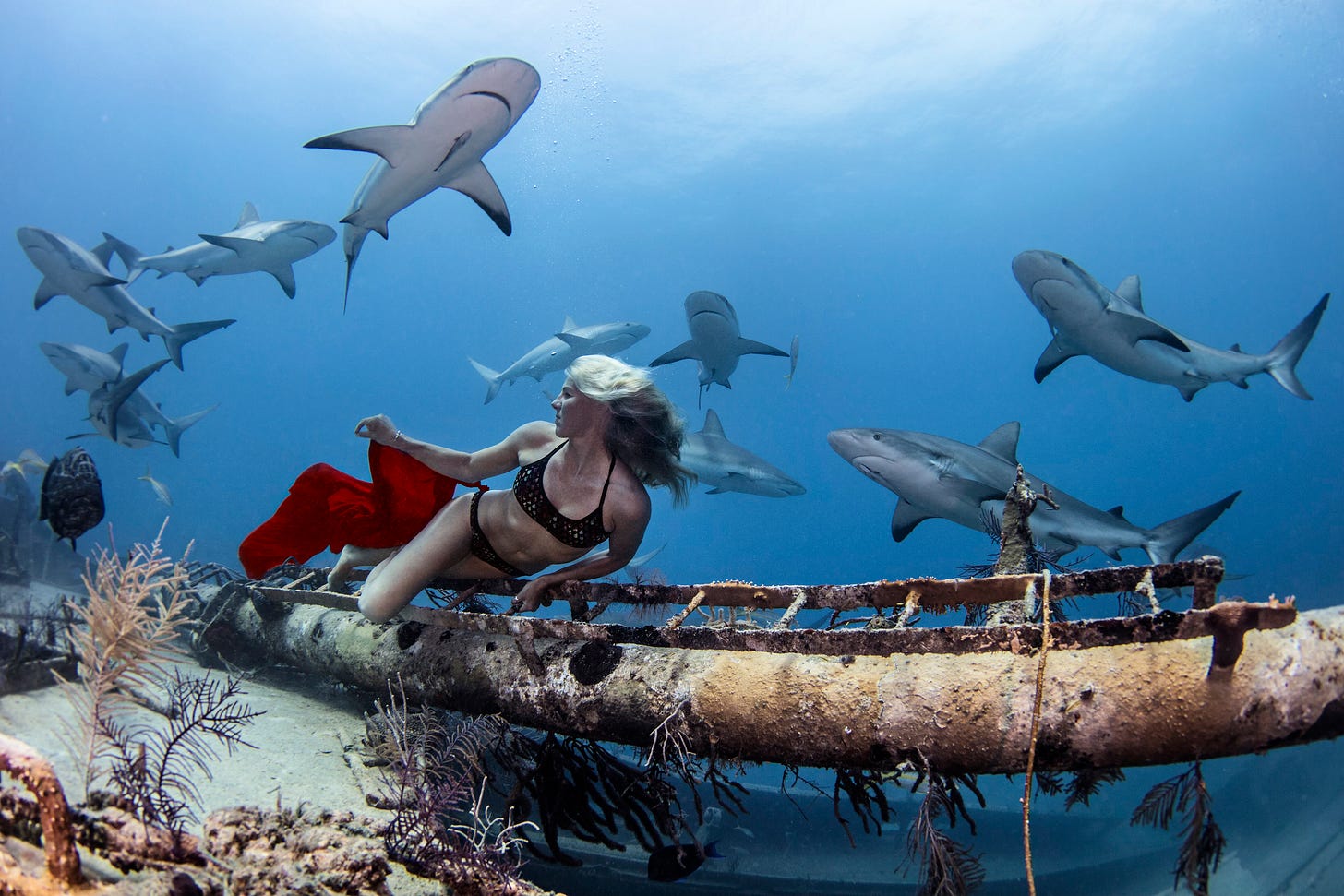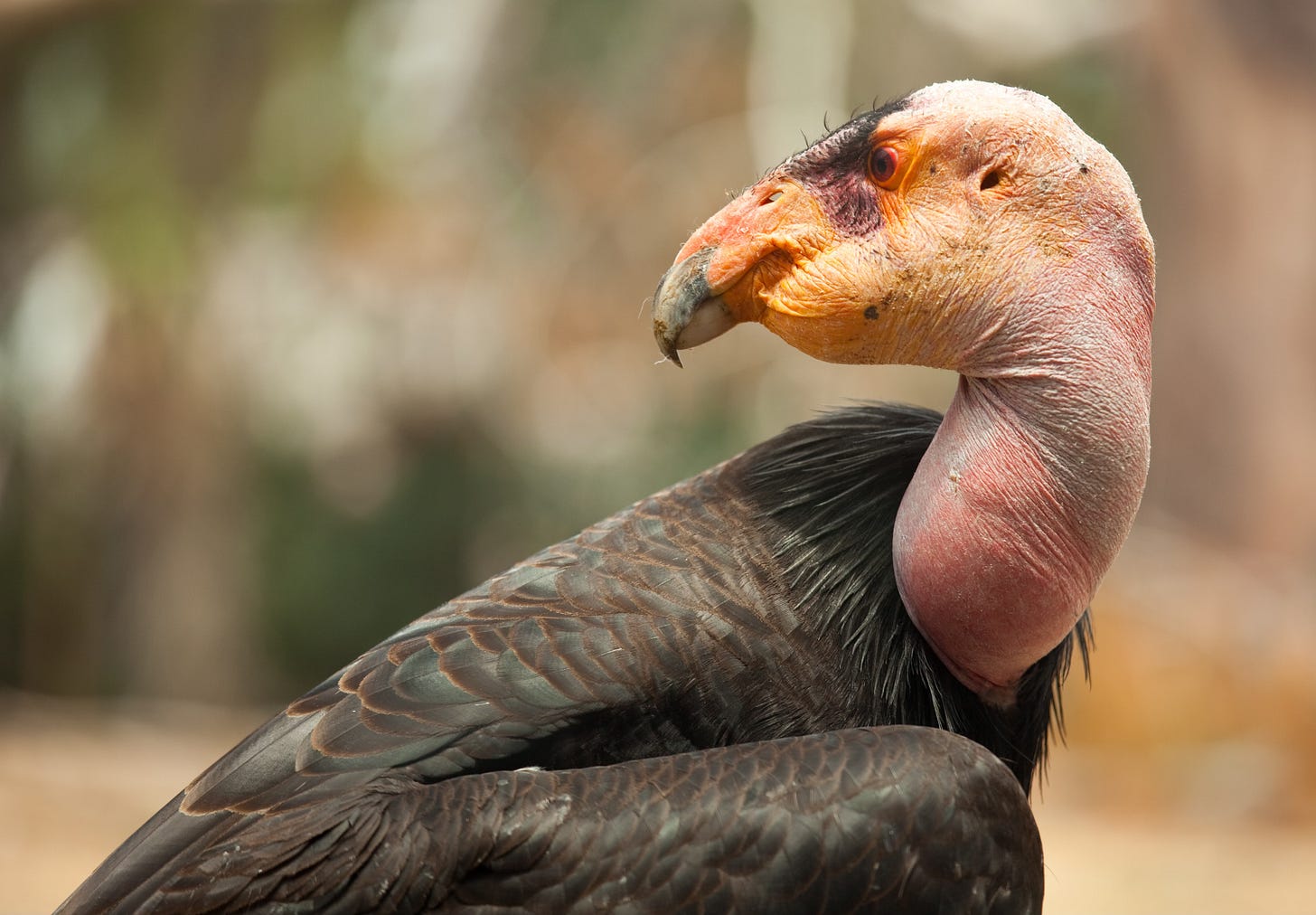How a rubber shark launched a conservation movement
50 years later, Spielberg's mechanical monster accidentally launched the modern shark protection movement
By Dan Fletcher
The movie that taught the world to fear sharks might have saved them.
Fifty years ago today, Steven Spielberg unleashed a mechanical shark on unsuspecting moviegoers and accidentally created one of conservation's strangest success stories. While "Jaws" undeniably sent thousands of real sharks to early graves, it also sparked the modern shark conservation movement in ways no one could have predicted.
Shark numbers in the 50 years since the film's release have dipped substantially, and the blockbuster bears some responsibility. Oceanic shark populations have declined 71% since 1970, with 37% of all shark species now facing extinction. After Jaws premiered on June 20, 1975, East Coast fishing tournaments exploded as weekend warriors set out to kill their own movie monster. California's great white population nearly collapsed from what researchers now call "vendetta killings." Even Spielberg himself admits regret, telling the BBC in 2022 that he truly regrets "the decimation of the shark population because of the book and the film."
But just as any good movie, there’s a twist: Jaws may have terrified beachgoers but it also inspired a generation of marine biologists. Dr. Greg Skomal, now one of the world's leading white shark researchers, credits the film with launching his career. "I thought Matt Hooper, the marine biologist in the movie, had the best job on Earth," he says. He wasn't alone — Jaws author Peter Benchley received thousands of letters from aspiring scientists thanking him for sparking their interest in sharks.
When Jaws premiered, shark science was essentially prehistoric. Researchers knew almost nothing about great white behavior, migration patterns, or even basic population numbers. The film's cultural impact, combined with new research funding, accelerated technological development that transformed shark research from guesswork to precision science. Within two decades, the very scientists inspired by Jaws were producing the data that would justify protection measures.
The economics tell an even more interesting story. That primal fear Jaws exploited morphed into fascination, and fascination became big business. Shark ecotourism now generates $314 million annually, supporting 10,000 jobs worldwide. In Palau, researchers calculated that a single reef shark is worth $1.9 million alive over its lifetime versus just $108 dead. The Maldives discovered that shark diving contributes more than $65 million to their economy. Cage diving with great whites — a concept that emerged directly from the fascination Jaws created — became a multi-million dollar industry that turned former shark killers into shark protectors.
The species that Jaws demonized became among the first sharks protected globally. Great whites received legal protection in California in 1994, federal U.S. waters in 1997, and internationally through CITES in 2004. The most feared shark got the strongest protections — a counterintuitive outcome that demonstrates how fascination can drive conservation even more effectively than sympathy.
Benchley's personal transformation perhaps best embodies this broader cultural shift. The author who created the ultimate shark villain spent his final decades as an ardent ocean advocate, working with conservation groups and writing extensively to correct the misconceptions his novel had created. He acknowledged that he couldn't write Jaws today — the extensive new knowledge of sharks would make it impossible to create such a villain "in good conscience."
As we mark this anniversary, a staggering 274,000 sharks still die daily in commercial fisheries, but they swim in an ocean transformed by the film that nearly destroyed them. Former killing grounds have become marine sanctuaries. Inspired scientists use satellite tags to unlock migration mysteries. Coastal communities that once supported shark culling now protect their marine predators as valuable tourism assets.
Today's great white populations face wildly different regional outcomes. California's protected population shows modest but consistent growth to approximately 2,000 individuals. The U.S. East Coast population is actually increasing, with NOAA documenting record juvenile catches in 2024. But South Africa, once the "Great White Capital of the World," has seen virtually no sightings in former hotspots since 2017. The Mediterranean population faces even grimmer prospects, with fewer than 100 individuals likely remaining.
The Jaws phenomenon was one of destruction at first, but 50 years later, there’s reason for hope. It’s a reminder that human perception, once changed, can shift from destruction to protection with startling speed. The species that Hollywood taught us to fear may yet be saved by the fascination it created. Not a bad legacy for a movie about a rubber shark that often refused to work.
Quick links! 🔗
Scientists have discovered that Bogong moths use the stars of the Milky Way to navigate their epic 1,000-kilometer migration across Australia — the first invertebrate known to use celestial navigation for long-distance travel. Every spring, billions of these moths escape southeastern Australia's heat by flying to cool Alpine caves they've never visited before, then return in autumn to breed and die. Using a flight simulator with projected star maps, researchers proved the moths read specific patterns in the night sky to determine direction, reversing course when the Milky Way image was rotated 180 degrees. While dung beetles also use stars for navigation, they only travel short distances without purposeful direction. As one researcher noted: "It really is astonishing" — and likely just the beginning, as many other migratory moth species may share this remarkable ability.
The Los Angeles Zoo just welcomed 10 California condor chicks in another huge step toward preventing North America's largest bird from slopping toward extinction. Four of the chicks are being raised using an innovative "double-brooding" technique where surrogate condor parents raise two babies simultaneously — a method the L.A. Zoo pioneered. All 10 chicks are eligible for eventual release into the wild as part of the California Condor Recovery Program. It continues the turnaround for a species that had just 22 individuals remaining when the program started four decades ago. Today, 561 condors soar across western skies, with 344 living wild.








